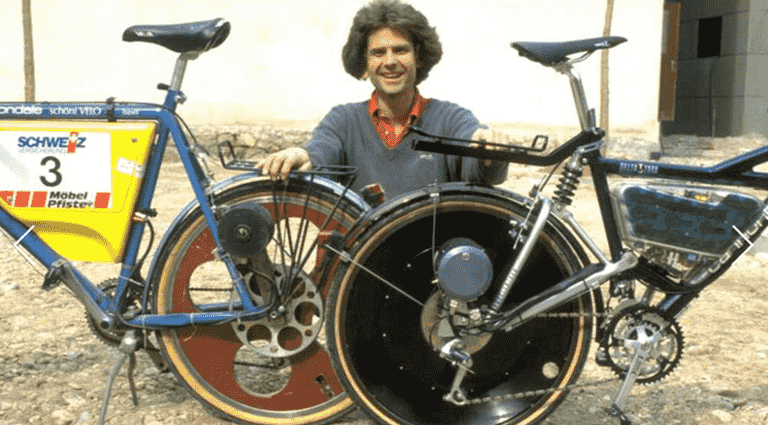Electric Bicycles: a brief history
How was the development of electric bicycle technology? Although electric bicycle technology seems recent, it has gone through a development of around 150 years (even predating the development of the first electric cars) for the technology of a Pulse Bike.
At the end of the 19th century, the bicycle was booming. Women, men and children began to move on two wheels and found freedom and agility in this “new” invention. At the end of this century, advances began to be made for the electrification of this means of transportation.
In 1895, Ogden Bolton, an American inventor, was granted the first patent for a “battery bicycle”: a bicycle with a direct current collector, six brush poles, and a hub motor located above its rear wheel. Bolton thus became the official inventor of the first electric bicycle.

In 1896, Humber, a pioneering British bicycle manufacturer, exhibited the first electric bicycle at the Stanley Cycle Show, which reached a speed of 60 km/h, a true turning point for mobility at the time.

The aim was to achieve a lightness similar to that of conventional bicycles (already heavy at the time due to the materials used). However, lead-acid batteries, heavy, short-range and highly harmful to the environment, made this impossible and these first prototypes were heavy and poorly maneuverable.
Rise and Expansion
At the beginning of the 20th century, electric bicycles were booming and many patents were registered. However, the advance in combustion engines (which even then had better autonomy and power) relegated electric ones to the background.
During World War II, due to a shortage of motor vehicles, they became a viable alternative. They began to play a more leading role, as they were an economical and simple option to the transportation problems in large metropolises. Its development was paused again due to competition with motorcycles and the increase in their sales.
As with electric cars, their interest decreased with the reduction in oil prices, making combustion engines the undisputed leaders.
The Roller Coaster in oil prices
In 1973, an oil crisis caused fuel costs to rise, and this, coupled with growing concerns about pollution, once again turned interest in electric bicycles.
Shortly after, in 1975, Panasonic patented a central motor for bicycles that consolidated this means of transportation as the real alternative for urban mobility and the fight against pollution in cities.
Technological Evolution
Since then, various changes have led to a complete evolution of the sector, such as the development of the assisted pedaling system, patented in 1982 by Yamaha under the name Pedelec, which allowed a real union between the electric world and that of bicycles.

In 1991, Lithium Ion batteries arrived, allowing a greater amount of energy to be stored in a smaller space, improving the range, charging time and useful life of the batteries.
Since then, the electric bicycle industry has continued to grow and position itself as a perfect, sustainable and practical mobility alternative. In Mexico, Pulse Bike has arrived as the new generation of this momentum with its different, fun, stylish bicycles with the best mechanical and technological components.
At Pulse we continue to improve to offer our community the best of this exciting and innovative world, achieving a high-end electric bicycle comparable to any international model, with the best technology.
Be part of the mobility revolution and join the Urban Nomads.
